Resolution 71-NQ/TW of the Politburo identifies digital transformation as a strategic task, focusing on the application of digital technology and artificial intelligence (AI) in management, teaching and learning. In the context of AI fundamentally changing the educational environment, the education sector needs to break through, overcome bottlenecks, and move towards a modern, smart education.
K WHEN MERGER OPENS DOORS TO SYNCHRONIZATION
The consolidation of administrative boundaries allows for restructuring and standardization of the education management system. From the admission process, electronic transcripts, learning support, teaching, testing and assessment to communication with parents, etc., a unified management system is applied within the scope of a new province or city.
Previously, each locality used its own software, making it difficult to share data. Now, when 2 or 3 localities are merged into a new locality, there will be an opportunity to unify infrastructure and technology platforms.
Large-scale data allows management agencies to see the whole system: allocating teachers, planning schools, or supporting disadvantaged students accurately and promptly. Especially for remote areas, digital transformation is a "bridge" to help narrow the gap, supporting ethnic minority students and students with disabilities through online teaching and digital learning materials.

Ho Chi Minh City with smart school model, digital classroom and AI application in management and teaching
PHOTO: NHAT THINH
After the merger, many Departments of Education and Training had to manage thousands of educational institutions, from kindergarten to high school, vocational education and some local universities, while human resources were reduced due to streamlining. Without supporting technology, the risk of system overload and disruption is difficult to avoid.
At the commune level, where many new functions are taken on, concurrently-held officials are likely to face a crisis if they are not trained in digital skills in a timely manner.
AI is opening up new horizons, from analyzing learning data, predicting dropout risk, assessing ability, to career guidance support and personalized learning advice. However, AI is only effective when the data is large enough, clean enough, secure and updated regularly - something that many localities still lack.
FROM MERGER TO RECONSTRUCTION OF EDUCATION ECOSYSTEM
Merging provinces and restructuring educational institutions is an opportunity to comprehensively rebuild the local education system on the basis of technology, data and AI - in a scientific , economical and sustainable direction. When educational data is connected and managed in a unified way, policies will spread to every classroom, every student, narrowing the gap between the Central and local levels.
In the context of operating a two-tier government model, if Vietnam takes advantage of the opportunities from the merger, it can make a breakthrough and form a comprehensive digital education ecosystem - where learners are the center, data is the foundation and creativity is the driving force for development.
Digital transformation is only successful when there is a unified overall national architecture. The Ministry of Education and Training needs to play the role of "chief architect" in building a national digital education ecosystem including: industry databases, electronic transcripts, standardized digital learning materials, question banks, online exams and tests, AI integration, and universal education through data.
It is necessary to develop a set of digital transformation indicators in education that can be measured at each department and school: from the rate of using electronic transcripts, the number of trained teachers, to the level of satisfaction of students and parents. The Ministry of Education and Training also needs to soon complete the project and regulations for high school graduation exams on computers, piloting from 2027.
The Ministry of Education and Training also needs to coordinate with the Ministry of Science and Technology and technology enterprises to invest in infrastructure at the commune level and standardize digital diplomas. At the provincial level, it is necessary to establish a steering committee for digital transformation in education, review the software in use, unify the platform, and synchronize with population data. All records, transcripts, and student management results need to be connected to digital maps (GIS) to support effective planning and student monitoring.

From 2022, candidates have started to register online for the high school graduation exam.
Photo: Dao Ngoc Thach
N KNOTS THAT NEED TO BE UNTIL
According to the Ministry of Education and Training, by mid-2024, the three major databases of the sector - preschool, general education and university - will have been completed, integrating from nearly 50,000 educational institutions with tens of millions of student, teacher and student records. The system has been connected to the national database on population, insurance and civil servants, helping to authenticate information for more than 24 million people in the entire sector.
From 2022, the high school graduation exam will be implemented with online registration and admission; by 2024, 94.66% of candidates will register online and by 2025, 100%. More than 760,000 primary school students' records will be linked to permanent residence data, without the need for manual paperwork. Electronic transcripts will be piloted nationwide from 2024, with more than 3 million primary school students participating, contributing to increased transparency and reduced administrative burden.
The national digital learning resource repository currently has tens of thousands of e-learning lectures, 2,000 videos, hundreds of virtual experiments and a rich question bank. Many schools have proactively built learning management systems (LMS), effectively connecting teachers - students - parents.
Currently, the whole country has basically deployed synchronous school management software (VnEdu, SMAS, industry databases...), connecting departments - communes - schools. However, digital transformation of education is still facing many difficulties that need to be resolved.
That is the fragmentation of software used in education. Localities use many different platforms (VnEdu, SMAS, School Management...), making it difficult to connect data. Next is the weak infrastructure in remote areas. In these places, the lack of computers and weak connection will lead to an increasing digital gap. In addition, there is a reality that the current digital capacity of teachers is not equal. Many people are afraid of change, are not familiar with digital teaching, and have great administrative pressure.
There is still a lack of standardized learning materials and lax data security. Resources are fragmented and lack updates; there is a risk of student and teacher information being leaked.
Due to limited financial resources, many localities still depend on the state budget and cannot invest heavily in equipment and human resource training.
A modern digital education system must ensure that all students, whether in remote or urban areas, can access digital resources and personalized learning programs. Digital transformation is not only a technology story, but also a tool to promote educational equity, build a digital culture in schools, protect personal data and connect parents and schools.
Typical localities in digital transformation
Ho Chi Minh City leads the way with smart school models, digital classrooms and AI applications in management and teaching. The city deploys electronic contact books, online enrollment integrated with digital maps and open science resources.
Hanoi standardizes comprehensive digitalization process: online primary school admission, electronic transcripts, unified software for the whole city.
Da Nang links digital transformation of education with smart urban strategy, deploying AI in personalized learning.
Quang Ninh has been leading the digital transformation index for many years, digitizing the entire admission, exam, and application process.
Hue City and Lao Cai develop electronic management systems and train teachers in digital skills, proving that disadvantaged areas can still be at the forefront if they have the right strategy.
These models show that digital transformation in education is only successful when there is a synchronization between technology, data, people and strategic vision.
Source: https://thanhnien.vn/sap-xep-co-so-giao-duc-co-hoi-thuc-day-chuyen-doi-so-185251016203135481.htm








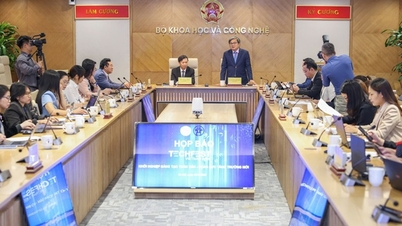








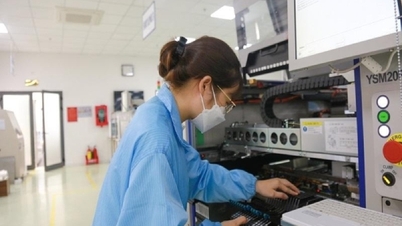

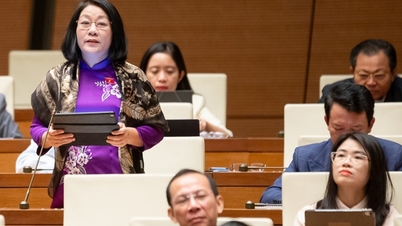


















![[Photo] Parade to celebrate the 50th anniversary of Laos' National Day](/_next/image?url=https%3A%2F%2Fvphoto.vietnam.vn%2Fthumb%2F1200x675%2Fvietnam%2Fresource%2FIMAGE%2F2025%2F12%2F02%2F1764691918289_ndo_br_0-jpg.webp&w=3840&q=75)










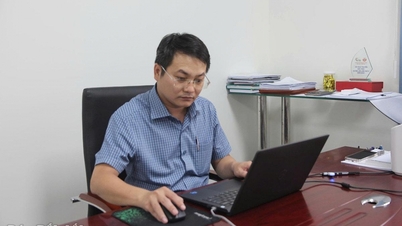








![[VIMC 40 days of lightning speed] Hai Phong Port determined to break through, reaching the target of 2 million TEUs by 2025](https://vphoto.vietnam.vn/thumb/402x226/vietnam/resource/IMAGE/2025/12/04/1764816441820_chp_4-12-25.jpeg)






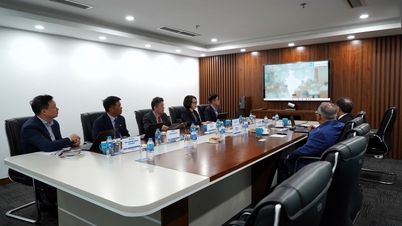












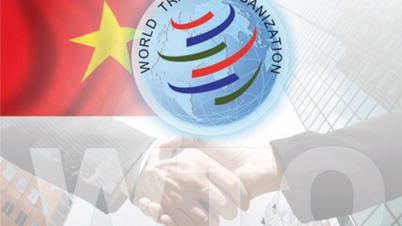
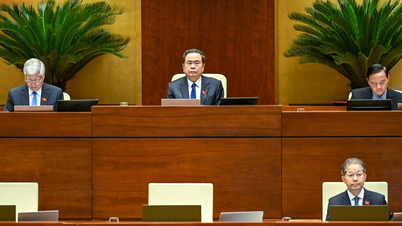





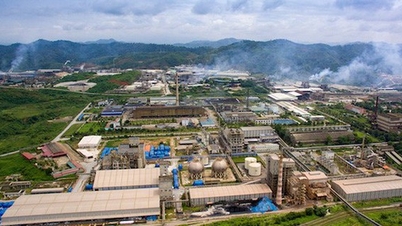


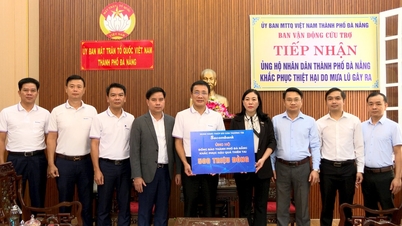




















Comment (0)